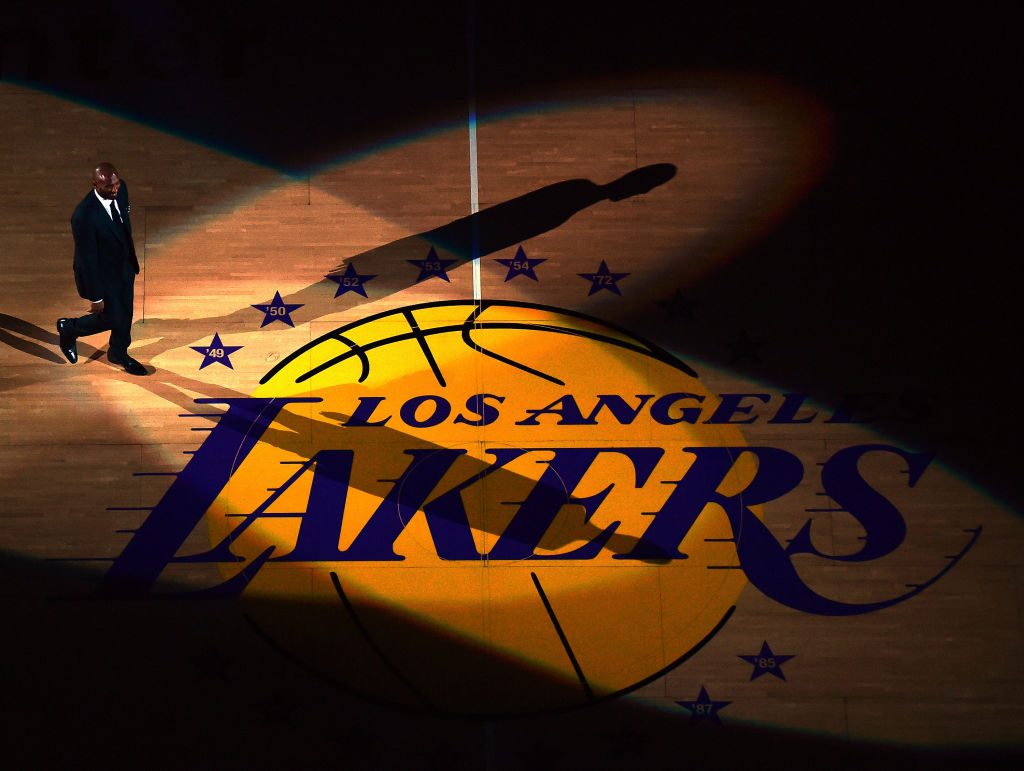
Text messages leading up to the tragic helicopter crash that killed basketball legend Kobe Bryant, his daughter, Gianna Bryant, and seven others reveal some details of their last moments of their lives. The pilot, Ara Zobayan, was discussing weather conditions the day before as well as in-flight just before the crash. Kobe Bryant, his daughter, Gianna, and friends were headed to Mamba Sports Academy in Thousand Oaks.
On January 25th, Patti Taylor of OC Helicopters sent out a group text message. She was the broker who arranged Bryant’s flights and ground transportation, according to the Los Angeles Times.
“Weather look ok tomorrow?” she asked. “Just checked and not the best day tomorrow but it is not as bad as today,” Zobayan, the 50-year-old pilot, responded.
Zobayan had flown Bryant on the same route at least 10 times before, the Times reported.
“Advised weather could be issue …” Taylor responded.
“Copy. Will advise on weather early morning,” Zobayan answered.
Tess Davidson, Zobayan’s girlfriend, made sure to tell investigators that he could never be pressured into flying. Taylor told the investigators flights with Bryant were often cancelled or delayed due to weather. She said Bryant did not like to be told “no,” but they often did so anyway.
Click on ‘Follow Us’ and get notified of the most viral NBA stories via Google! Follow Us
Kurt Deetz, a former Island Express pilot who had flown Bryant, told investigators Bryant left weather issues to the pilot because “he assumed you’re doing your job.”
At 7:30 a.m. January 26, 2020, Zobayan messaged the group, “Looking ok.” Less than an hour later, Taylor checked in and he answered, “Should be OK.” Ric Webb, OC Helicopters Owner, answered, “I agree,” the Times reported.
“Wheels up,” Taylor texted at 9:06 a.m. as the Sikorsky S-76B left John Wayne Airport in Santa Ana.
“Just started raining lightly here,” one of Bryant’s drivers messaged from the Camarillo Airport, the helicopter’s destination, at 9:33 a.m.
“Uh, we climbing to 4,000,” Zobayan told an air traffic controller at 9:44 a.m. He was indicating that he was flying above cloud cover on a day that had heavy fog.
“And then what are you gonna do when you get to altitude?” the air traffic controller asked. No response, so the question was asked several more times with no response. The helicopter crashed at 9:45 a.m.
“Land?” the broker asked the driver at the Camarillo Airport, three minutes after the scheduled arrival.
“Not yet,” he answered.
At 10:02, Taylor messaged, “Ara, you ok.”
Zobayan’s girlfriend woke up around that time and texted him, which was their usual routine. The text message did not go through.
A witness emailed the NTSB that “there was zero visibility past the point where I saw it disappear into the low cloud at the trailhead” and she “found it peculiar they flew directly into heavy clouds so close to hills …”
Another witness emailed the agency: “We heard the helicopter flying normally, but couldn’t really see it because it was extremely foggy and low clouds. I was thinking to myself of why a helicopter would be flying so low in very bad weather conditions. Then, all of a sudden, we heard a large BOOM.”
When Zobayan said the helicopter was climbing, it was actually descending. According to the study, the pilot “could have misperceived both pitch and roll angles.”
In other words, acceleration could cause a pilot to sense his vehicle was climbing when it was not.























